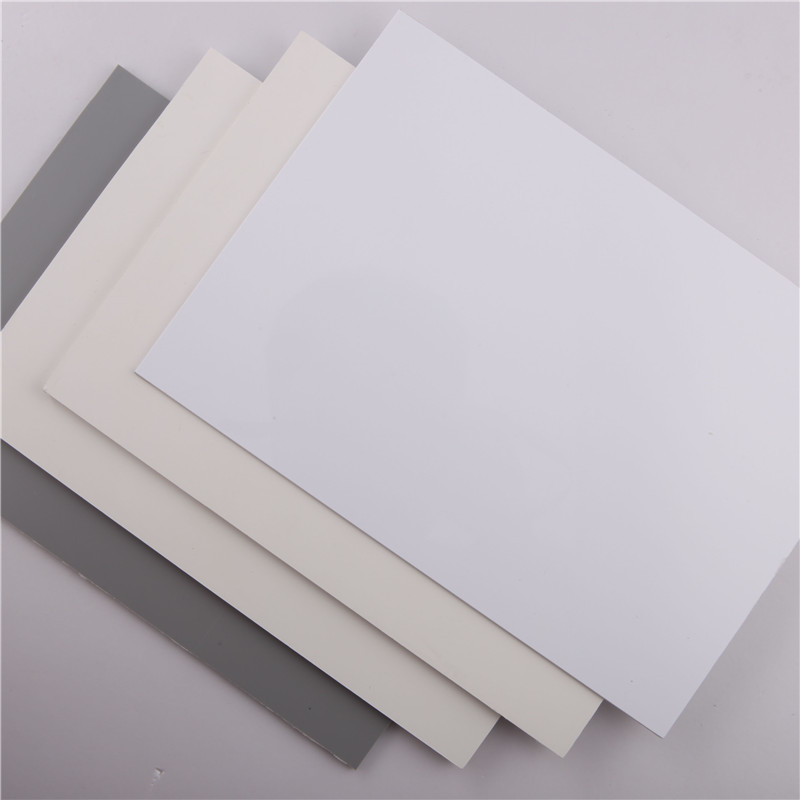ต.ค. . 01, 2024 21:18 Back to list
HDPE Material Specifications and Performance Standards Overview
High-Density Polyethylene (HDPE) is a widely used thermoplastic polymer known for its strength-to-density ratio. Commonly utilized in various industries, HDPE is favored for its durability, chemical resistance, and versatility. It is essential to understand the specifications and characteristics of this material, often detailed in an HDPE specification sheet.
An HDPE specification sheet typically outlines critical properties including density, tensile strength, elongation at break, melting point, and processing temperatures. The density of HDPE generally ranges from 0.941 to 0.960 g/cm³, which contributes to its strength and rigidity. This makes HDPE a popular choice for products that require a sturdy material, such as plastic bottles, piping, and storage tanks.
Tensile strength is another pivotal characteristic often highlighted in specification sheets. HDPE exhibits a tensile strength of approximately 25 to 37 MPa (megapascals), indicating its ability to withstand pulling forces without breaking. This feature makes it ideal for applications that demand resilience against stress and load.
.
The melting point of HDPE generally falls between 120 to 180 degrees Celsius, depending on its molecular weight and processing conditions. This relatively high melting point allows HDPE products to maintain structural integrity under moderate heat, making it suitable for both indoor and outdoor applications.
hdpe spec sheet

In terms of processing temperatures, HDPE is typically processed at around 180 to 250 degrees Celsius. The material can be molded or extruded into various shapes, which affords manufacturers a wide range of options for product design.
Another significant aspect highlighted in HDPE specification sheets is its chemical resistance. HDPE is resistant to many acids, bases, and solvents, which contributes to its extensive use in the chemical, automotive, and food industries. The material is unlikely to corrode or degrade when exposed to these substances, ensuring a long service life for HDPE products.
Additionally, HDPE's environmental impact is gaining attention. Being recyclable, it can be reprocessed into new products, thus reducing waste and promoting sustainability. Recycling codes typically assigned to HDPE products, such as the number 2, facilitate identification and collection in recycling programs.
In summary, the HDPE specification sheet serves as a vital resource for understanding the various characteristics and potential applications of high-density polyethylene. Its strength, flexibility, chemical resistance, and recyclability make HDPE an indispensable material across numerous industries.
-
PP U-channel: Chemical-Resistant, Lightweight & Durable
NewsAug.10,2025
-
Transparent PVC Pipe: Clear Flexible Tubing for Fluids
NewsAug.09,2025
-
Durable PP Rigid Sheet: Versatile & High-Quality Plastic Panels
NewsAug.08,2025
-
Premium Glossy PP Rigid Sheet – Durable & Versatile
NewsAug.07,2025
-
High-Quality HDPE Sheet | Durable Plastic Panels
NewsAug.06,2025
-
High-Precision PVC Rigid Sheets for Vacuum Forming | AI-Optimized
NewsAug.05,2025

